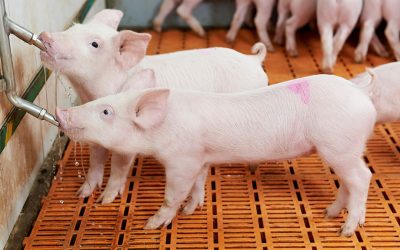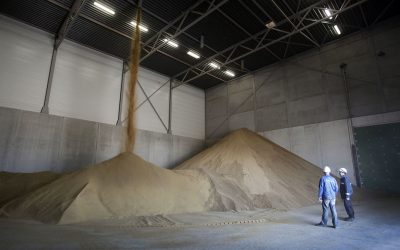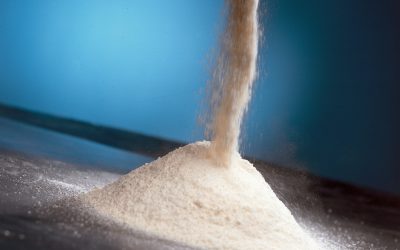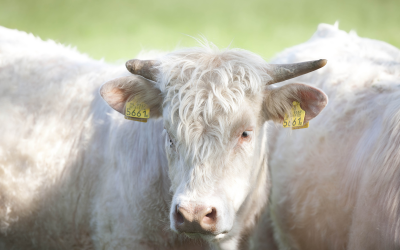Tips for feeding moist feeds
Moist co-product feeds such as brewers’ grains, wet distillers and pressed beet pulp are well recognised and have more recently been joined by products such as orange peel and apple pulp.
In the Britishagricultural magazine Farmers Weekly the experiences
of Keenan, manufacturer of mixer wagons, were
highlighted.
As new bioethanol plants come on line, the quantity of
protein rich co-products will increase, offering an opportunity to reduce animal
feed costs against rising grain prices.
Three key elements
The
three key elements to ensure good returns from feeding moist co-products are as
follows:
- Purchase price
This must be calculated back to a cost per tonne of dry matter and cost per
unit of energy and protein.
Since moist feeds typically contain between 50% and 80% water, haulage costs
can vary dramatically. Brewers’ grains are typically 24-25% DM – similar to
average silage, so at a cost of £24/t they equate to £100/t DM. If haulage costs
drive them up to £30/t, the DM cost rises to £125/t. - Storage losses
All moist feeds will be subject to storage losses, either through direct
liquid run-off, dry matter losses during fermentation or losses due to moulding
and decay.
Long term storage offers the chance to capitalise on lower “out of season”
prices, but storage facilities need to be good and attention to detail when
clamping and sealing is critical to prevent purchase price savings being
lost. - Ration formulation
Moist feeds are widely used in mixed rations for dairy cows, young stock,
beef and sheep. Products such as brewers’ grains and distillers grains are
wholesome ingredients which supply energy and protein while also stimulating
forage intakes when fed at appropriate levels.
Orange and apple pulp can be useful forage extenders when
mixed with straw and protein balancers.
Feed
efficiency
The primary driver for profitable milk and meat
production is feed efficiency. This determines the quantity and value of
saleable output achieved from the total feed produced and delivered onto the
farm.
Quality feed will produce the best results and by building in the
flexibility in your feeding system to use the best feeds at the best value, the
potential gains are huge.
The full story can be found in Farmers Weekly











